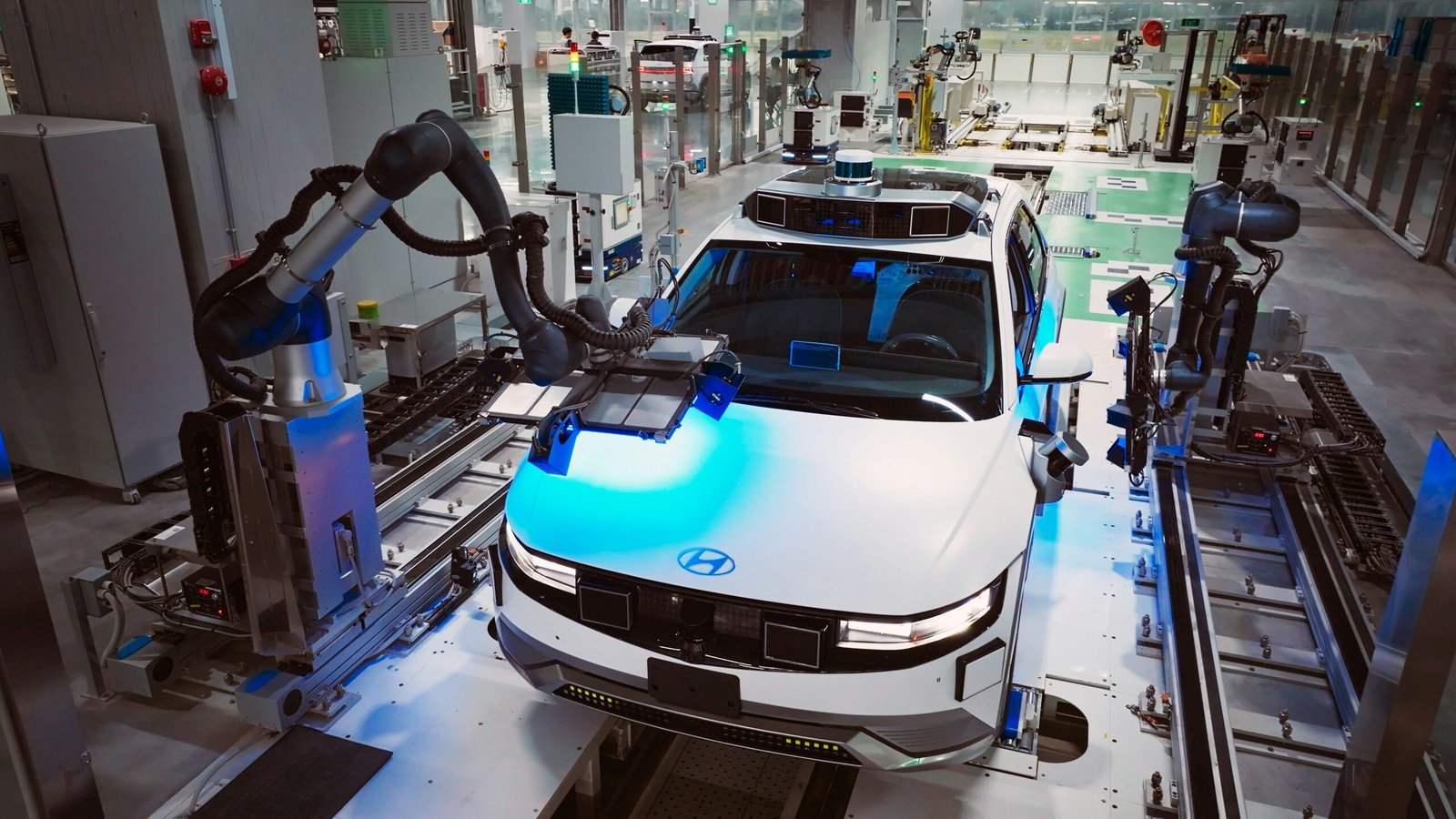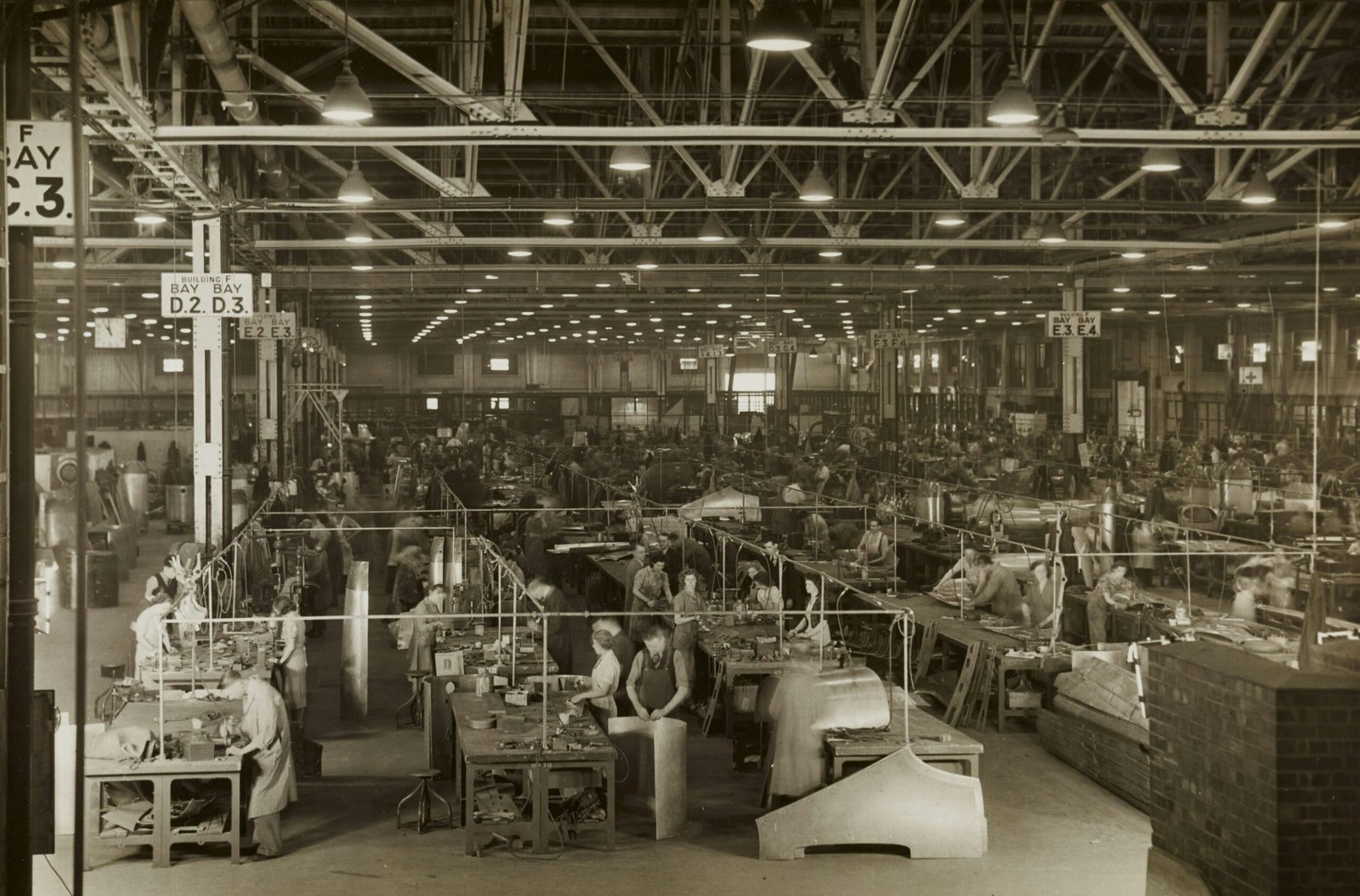Understanding Assembly Line Optimization
Assembly line optimization is a critical component of modern manufacturing processes, aimed at enhancing efficiency and productivity. At its core, assembly line optimization refers to the systematic approach to improving the workflow, resource allocation, and overall performance of production lines. The primary goal is to minimize waste, reduce production costs, and maximize output without compromising quality. With the increasing competitiveness in the manufacturing sector, organizations are compelled to adopt strategies that drive operational excellence, making optimization a necessity rather than an option.
Manufacturers face a myriad of challenges in achieving an optimized assembly line. These challenges can range from equipment failures and supply chain disruptions to inadequate workforce training. Moreover, the complexity of coordinating various processes and ensuring seamless communication among different departments often leads to bottlenecks in production. Consequently, improving assembly line efficiency has become a focal point for managers seeking sustainable solutions to enhance productivity.
Traditional methods for achieving assembly line optimization have been prevalent for decades and continue to play an essential role in manufacturing. Techniques such as work measurement, time studies, and process mapping provide valuable insights into production workflows. Additionally, methodologies like Lean Manufacturing and Six Sigma have emerged as prominent frameworks, guiding companies in their quest for operational efficiency by identifying and eliminating waste. While these conventional strategies are effective, they frequently depend on manual analysis and may not fully address the dynamic nature of modern manufacturing environments.
As the manufacturing landscape evolves, the integration of advanced technologies, particularly artificial intelligence, offers a promising direction for further optimizing assembly lines. AI technologies enable real-time monitoring and data analysis, empowering manufacturers to make informed decisions and adapt to changes swiftly. This leads to more agile production environments where optimization is not only achievable but sustainable over time.
The Role of AI in Streamlining Processes
Artificial intelligence (AI) is transforming the manufacturing sector, particularly in assembly line operations. By employing technologies such as machine learning, robotics, and computer vision, companies can enhance efficiency, reduce waste, and optimize production timelines. Machine learning algorithms analyze historical data to predict trends and improve decision-making. These algorithms enable manufacturers to adapt to changing conditions, allowing for real-time adjustments that streamline workflows. For instance, an automotive manufacturer may utilize machine learning to forecast equipment failures, facilitating preemptive maintenance schedules that minimize downtime.
Robotics plays an integral role in assembly lines, significantly improving precision and productivity. Advanced robotic systems can carry out repetitive tasks with exceptional accuracy, thereby reducing the likelihood of human error. These robots are equipped with AI-driven management systems that enable them to work collaboratively and learn from previous experiences, further enhancing operational performance. A notable example is a leading electronics company that integrated AI-powered robotics into its production line, resulting in increased output and improved quality control.
Computer vision, another crucial AI technology, allows machines to interpret visual data. This capability is instrumental in quality assurance processes, where AI systems can identify defects or inconsistencies in products with remarkable speed and accuracy. For example, a food packaging manufacturer implemented a computer vision solution to inspect packages, which dramatically reduced the rate of faulty products reaching consumers. By integrating AI technologies like machine learning, robotics, and computer vision into assembly lines, companies not only streamline their processes but also foster a culture of continuous improvement.
Benefits of Implementing AI in Assembly Lines
The integration of Artificial Intelligence (AI) into assembly lines presents a transformative approach to enhancing manufacturing efficiency. One of the most prominent benefits is the significant reduction in labor costs. By automating routine tasks, manufacturers can minimize reliance on human labor for repetitive functions, thereby reallocating workforce resources to more strategic roles that enhance overall productivity.
Moreover, AI fosters improved product quality through its capability to detect defects and anomalies in real-time. Advanced machine learning algorithms analyze data from production processes, identifying trends that could lead to quality issues. A study indicated that manufacturers employing AI-driven systems saw a reduction in defect rates by up to 30%. This increased focus on quality not only boosts customer satisfaction but also contributes to enhanced brand reputation.
Enhanced visibility into operations is another critical advantage of AI integration. Utilizing AI-powered analytics tools, manufacturers can gain detailed insights into every segment of the assembly process. This level of visibility allows managers to monitor workflows, identify bottlenecks, and make informed decisions quickly. Real-time data contributes to agile production processes, which can adapt to changing market demands and minimize downtime.
Additionally, AI significantly reduces production times. By automating processes and optimizing workflows, companies can increase throughput and shorten lead times. For instance, a company that integrated AI into its assembly line reported a 20% increase in output over a six-month period. Beyond quantitative improvements, qualitative enhancements such as heightened worker satisfaction and morale stem from the fact that employees are relieved from monotonous tasks, allowing them to focus on more engaging and intellectually stimulating work.
Ultimately, the advantages of employing AI in assembly lines are apparent, highlighting its role as a catalyst for operational excellence in manufacturing industries.
Challenges and Future Perspectives
The integration of AI technologies into assembly line processes presents numerous challenges for manufacturers. One prominent challenge is workforce training. As AI systems become more prevalent, there is a pressing need for employees to acquire new skills that are aligned with the operation and maintenance of advanced automation tools. Training programs must be implemented to ensure that the existing workforce can effectively collaborate with AI systems, which may often require a complete reevaluation of current job roles. Upskilling employees not only boosts productivity but also enhances job satisfaction, as workers gain confidence in managing technologically advanced environments.
Moreover, the costs associated with integrating AI solutions into assembly lines can be substantial. Manufacturers must weigh these initial and ongoing costs against the potential long-term benefits of improved efficiency and reduced operational errors. This investment may include not only the acquisition of AI technology but also the necessary hardware and software updates, as well as the continuous maintenance these systems require. Therefore, companies must develop clear financial strategies to address these integration costs in order to capitalize on the promises of AI-enhanced productivity.
Resistance to change is another barrier that organizations may encounter when adopting AI technologies. Employees and management may harbor concerns about job security, fearing that automation could lead to layoffs. Overcoming this resistance requires transparent communication about the benefits of AI, emphasizing its role as an enabler rather than a replacement. Fostering a culture that embraces change will be crucial in easing fears and encouraging acceptance among all stakeholders.
Looking to the future, AI is expected to continue evolving, bringing even more sophisticated solutions to assembly line optimization. Emerging trends such as predictive analytics and enhanced machine learning capabilities promise to augment production systems further, providing organizations with unparalleled insights into operational efficiency. As these innovations resurface, they will undoubtedly transform the landscape of manufacturing, paving the way for smarter, more agile assembly lines that can adapt to changing demands in global industries.









